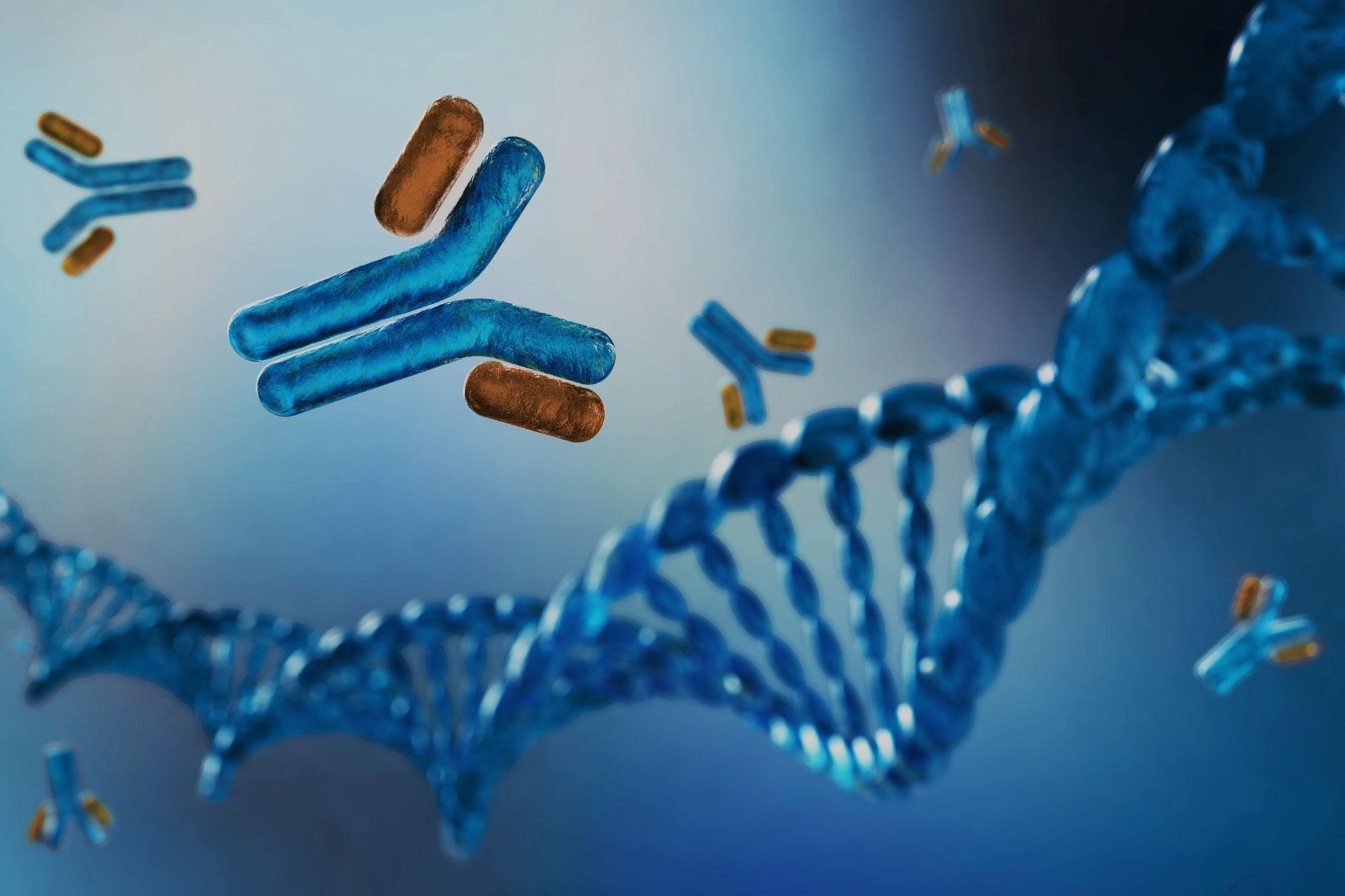There are five classes of them - IgG, IgM, IgA, IgD, and IgE - which differ in their heavy chain structure and effector functions. IgG is the most abundant antibody in the blood and extracellular fluid. It can cross the placenta and provides protection to fetuses and newborns. IgM is usually the first antibody produced during early-stage infections as it activates the complement system more effectively than other classes. IgA dominates mucosal tissues like the gut, lungs, throat, and reproductive tract to defend against invading pathogens.
They function by binding to antigens - molecules that are foreign to the immune system. This binding is highly specific, as they possess an incredibly diverse repertoire of antigen recognition pockets in their variable regions. Antibodies When an antibody binds to an antigen, it marks the infectious agent for destruction or neutralization by other immune cells like macrophages, neutrophils, and cytotoxic T cells. They can also neutralize viruses and toxins directly by interfering with their ability to infect cells or cause harm.
The Generation of Antibody Diversity
The amazing diversity and specificity of them arises through genetic recombination events that occur during B cell development in the bone marrow. B cells express B cell receptors (BCRs) on their surface that consist of both membrane-bound and secreted forms of them. During early stages of B cell maturation, genes encoding the variable regions of the heavy and light chains undergo a process called VDJ recombination. This allows for millions of different combinations by mixing and matching separate gene segments - V (variable), D (diversity), and J (joining). Additional diversity is created through imprecise joining at the sites where segments fuse together.
Somatic Hypermutation and Class Switching
After antigen exposure, activated B cells undergo a pivotal process called somatic hypermutation in germinal centers within lymph nodes. Here, the rearranged variable region genes mutate at a very high rate, up to 1,000-fold greater than normal. This introduces point mutations that cause amino acid changes in the antibody paratope - its antigen binding site. B cells expressing higher affinity variants for the antigen are preferentially selected to survive, while those with weakened binding perish. Through iterative rounds of mutation and selection, B cells evolve antibodies with exquisite antigen specificity.
In addition, class switching causes B cells to change the class or isotype of antibodies they produce - from IgM to IgG, IgA or IgE. This is accomplished through recombination of the constant region genes, allowing antibodies to gain different effector functions while retaining antigen specificity. Together, somatic hypermutation and class switching sculpt the antibody response for maximum protection against infection and disease.
Memory B Cells and Long-Term Immunity
Upon full activation by antigen and T cell help, some B cells differentiate into long-lived plasma cells that take up residence mainly in the bone marrow. These plasma cells constitutively secrete large amounts of them into circulation for several years, providing our passive and lasting protection against previously encountered pathogens. Additionally, other activated B cells evolve into memory B cells through a process of cellular differentiation.
Get more insights on Antibodies



